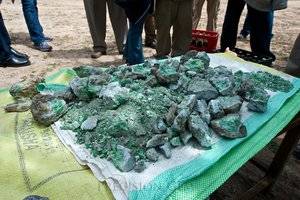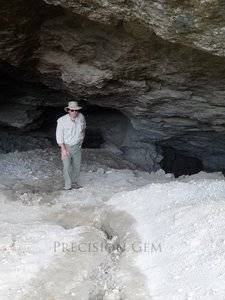I was reading some material about gems and came across this article of National Geographic:
https://www.nationalgeographic.com/animals/2019/03/sapphire-mining-fuels-lemur-deaths-in-madagascar/
This part stood out:
“Murshid Mohammed, 29, is a dealer in Ambatondrazaka, the nearest substantial city to the CAZ and the main trading center for sapphires mined there. He says a high-quality blue sapphire of 25 carats from Tananarive costs him 300,000 Madagascar ariary—about $90.
A few months ago I saw a five-carat sapphire, cut and polished but not heat treated, listed online by a Florida jeweler for $19,600. Because of the way the international gem market works, almost none of the thousands-of-dollars-a-carat retail value of sapphires goes to the miners of Tananarive, and very little to local mine bosses like Asma.”
Could someone explain to me how a 90$ uncut high-quality sapphire turns into 19,600$? How does this process go exactly or where can I read more about it?
https://www.nationalgeographic.com/animals/2019/03/sapphire-mining-fuels-lemur-deaths-in-madagascar/
This part stood out:
“Murshid Mohammed, 29, is a dealer in Ambatondrazaka, the nearest substantial city to the CAZ and the main trading center for sapphires mined there. He says a high-quality blue sapphire of 25 carats from Tananarive costs him 300,000 Madagascar ariary—about $90.
A few months ago I saw a five-carat sapphire, cut and polished but not heat treated, listed online by a Florida jeweler for $19,600. Because of the way the international gem market works, almost none of the thousands-of-dollars-a-carat retail value of sapphires goes to the miners of Tananarive, and very little to local mine bosses like Asma.”
Could someone explain to me how a 90$ uncut high-quality sapphire turns into 19,600$? How does this process go exactly or where can I read more about it?










300x240.png)